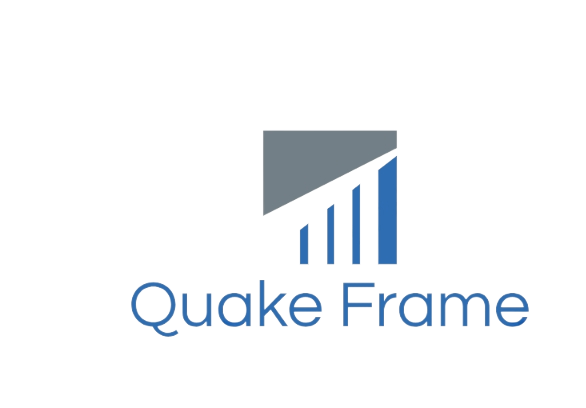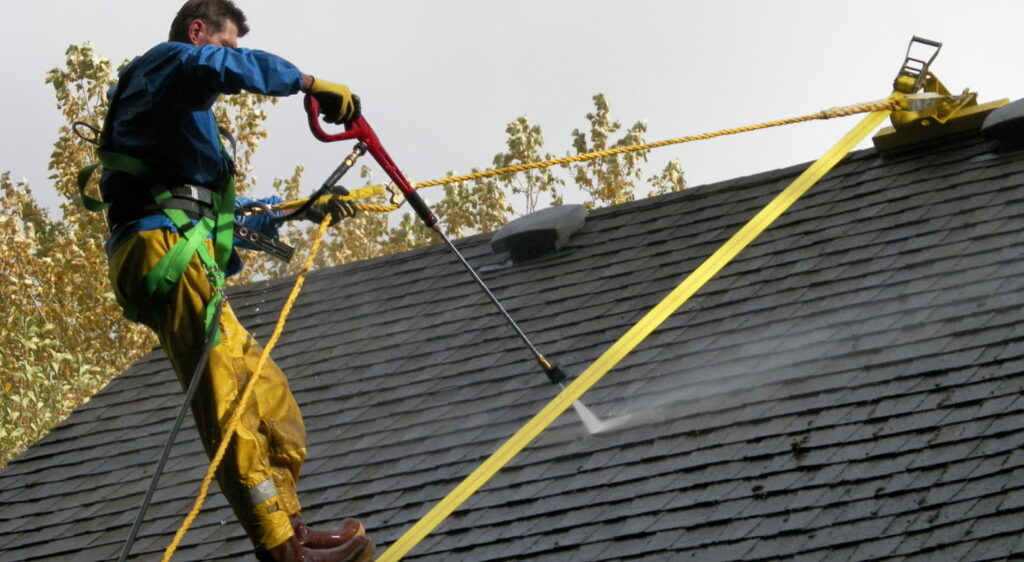When it comes to working at heights, one of the most crucial elements of safety is the choice of roof fall protection anchor. These anchors serve as the foundation for fall protection systems, ensuring that workers are securely attached to prevent potentially fatal falls. In this comprehensive guide, we’ll explore the key factors to consider when selecting the right protection anchor.
1. Type of Roof
The type of roof you’re working on plays a significant role in determining the suitable anchor. Different roofs, such as flat roofs, pitched roofs, or metal roofs, may require specific anchor types to ensure proper attachment and weight distribution.
2. Anchor Strength
The strength of the anchor is a critical consideration. It must be capable of withstanding not only the weight of the worker but also the forces generated during a fall. Carefully review the anchor’s weight rating to ensure it meets or exceeds the requirements of your work environment.
3. Compatibility with Fall Protection Systems
Your chosen anchor should seamlessly integrate with your fall protection system. This includes compatibility with harnesses, lanyards, lifelines, and any other equipment you use. A well-matched system enhances overall safety and performance.
4. Installation Method
Consider the installation process of the anchor. Some anchors require penetrating the roof surface, while others are designed for non-penetrating installation. The installation method should align with your roofing material and structure to avoid compromising the roof’s integrity.
5. Roof Material and Structure
They should be selected based on the specific roofing material and structure. Different materials, such as concrete, metal, or shingles, may require specialized anchors to ensure a secure attachment without causing damage.
6. Compliance with Regulations
Ensure that the chosen anchor complies with relevant safety regulations and standards, such as those set by OSHA (Occupational Safety and Health Administration) or ANSI (American National Standards Institute). Meeting these standards is essential for legal and ethical reasons.
7. Maintenance and Inspection
Regular maintenance and inspection are crucial for the longevity and reliability of fall protection anchors. Choose anchors that are easy to inspect, maintain, and repair, if necessary, to ensure they remain in optimal working condition.
Conclusion
In conclusion, choosing the right roof fall protection anchor is a decision that directly impacts worker safety and the success of your projects. Prioritize factors such as anchor type, strength, compatibility, installation method, and compliance with regulations. By doing so, you’ll ensure a secure and reliable fall protection system that protects workers and upholds the highest safety standards.

